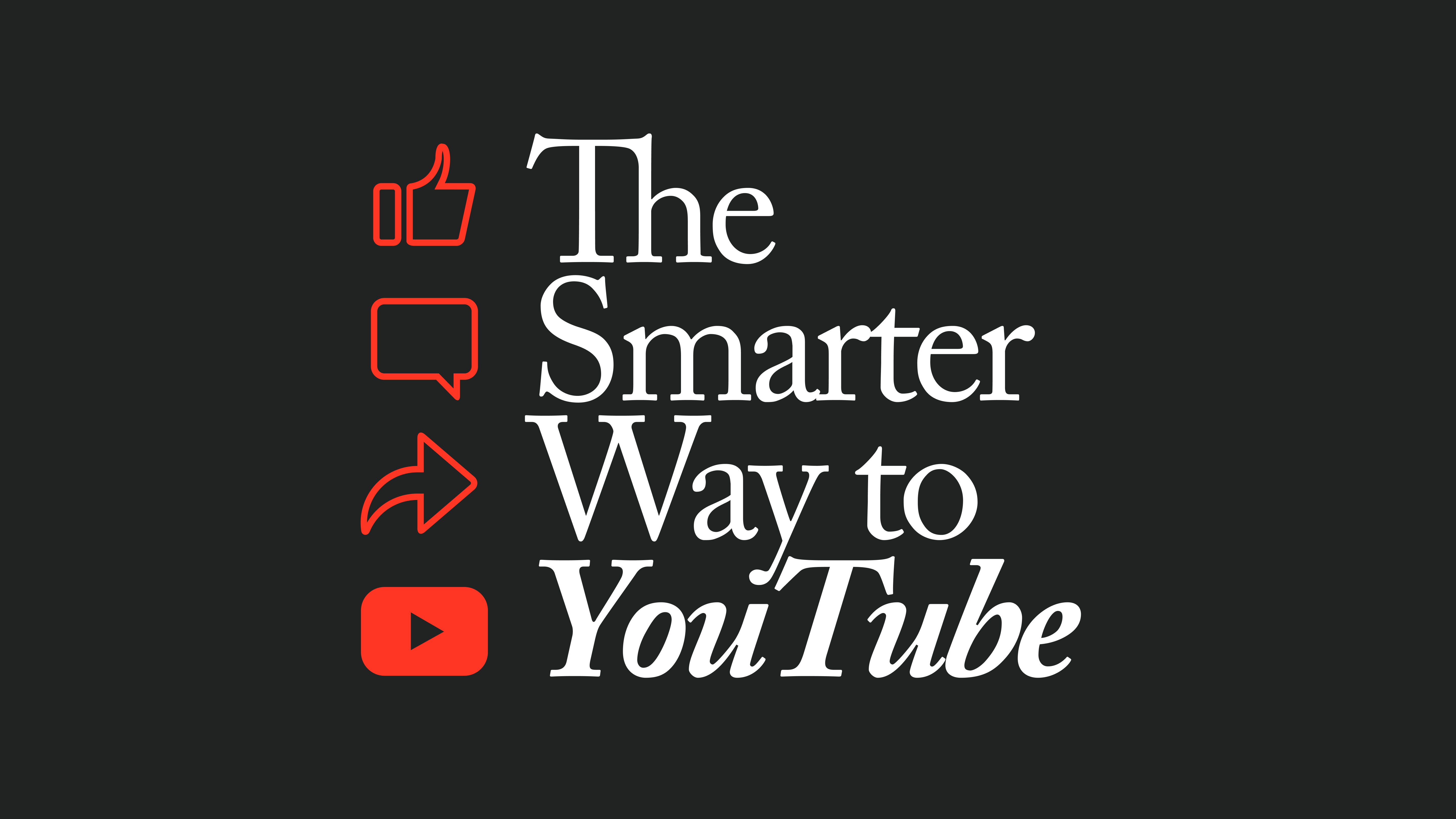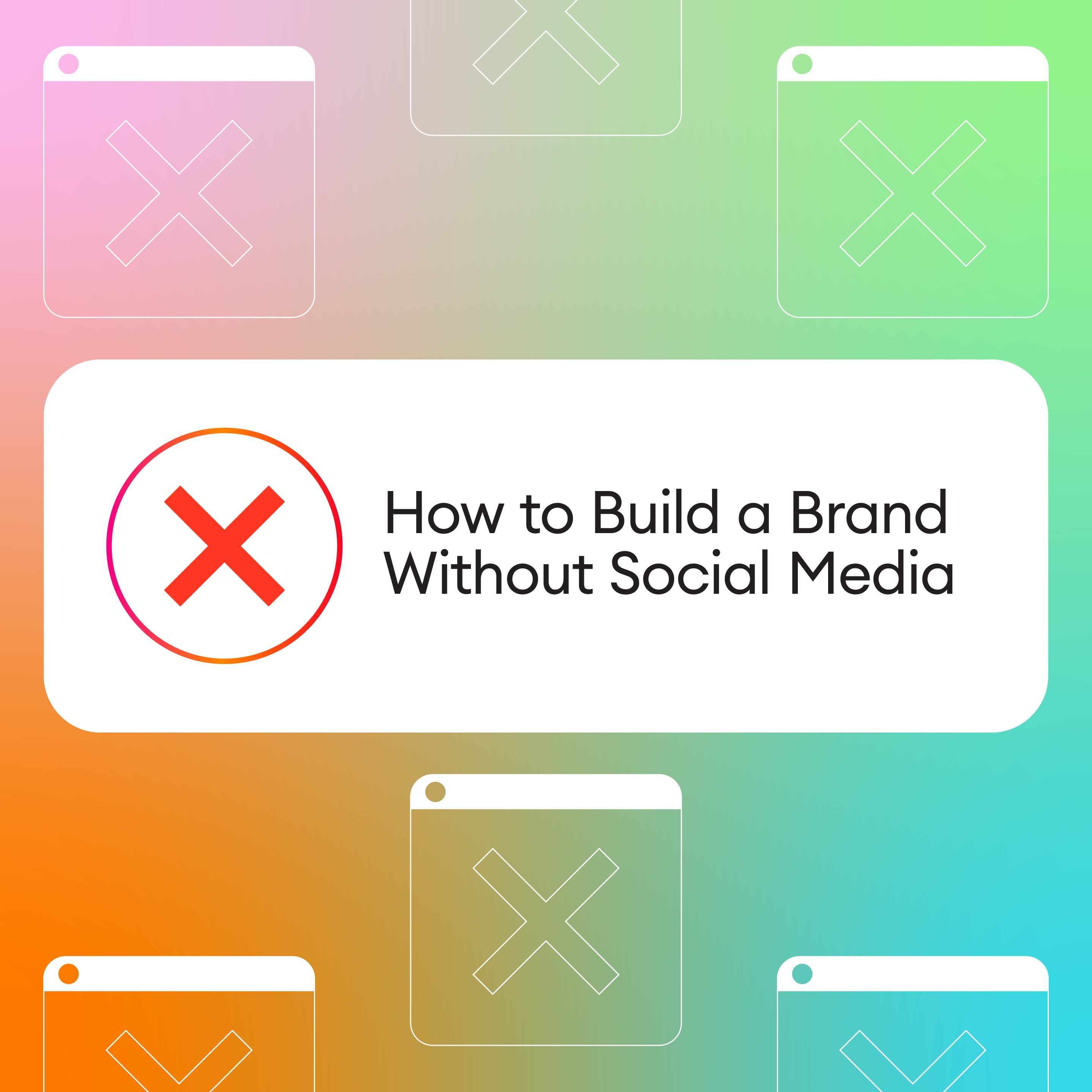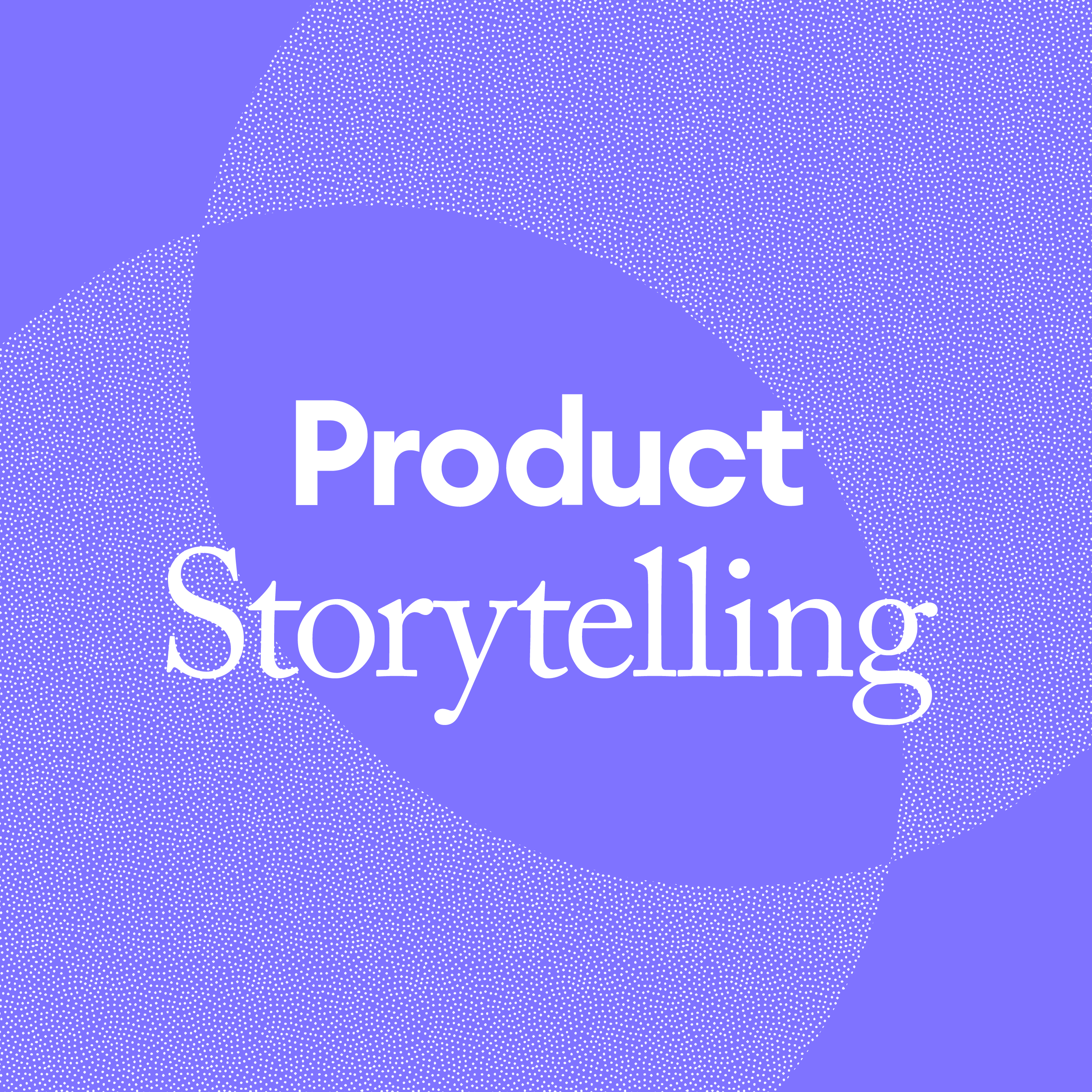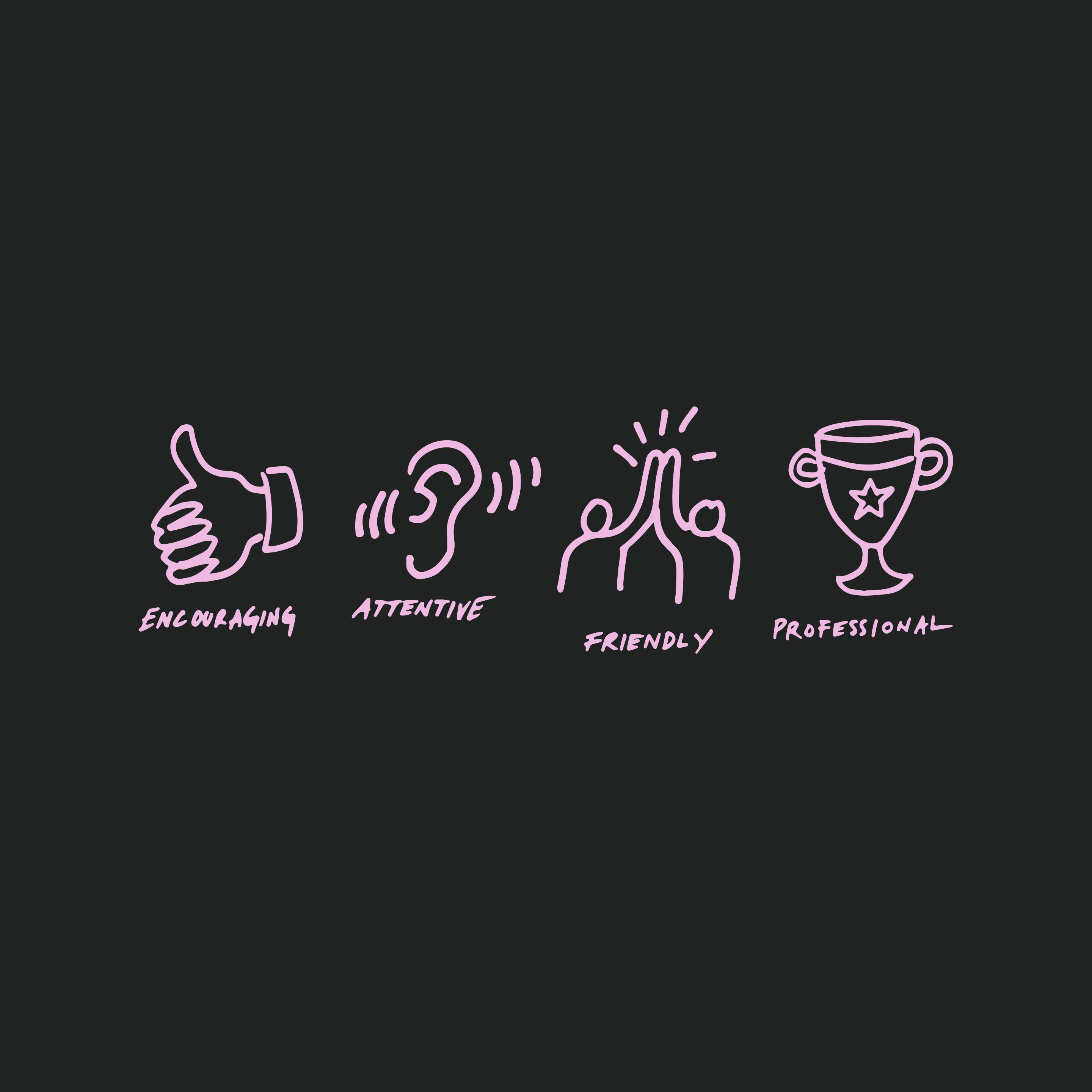For some, video production can be an undertaking that takes serious time and budget. For Adam Saraceno and the Peak Design team, the approach is a little more irreverent. Our founder Amanda sat down on the first episode of the Monday Creative podcast My Best Campaign to talk about how Peak is keeping it weird—and why that’s working for them on YouTube and beyond.
In his own words, Adam’s just not that into marketing. That may seem at odds with his role as Peak Design’s Chief Marketing Officer and the driving force behind some of their most viral product videos. But what he is passionate about is bringing levity to marketing—and sometimes, that’s what makes people hit purchase.
“I still can’t say seriously that I’m passionate about marketing. But I am passionate about making funny things and making people laugh—as long as I get to do enough of that, it makes the ‘making people want to buy stuff’ part of my job more palatable.”
Whether you’re selling a product or service, what we do as marketers really comes down to ‘making people want to buy stuff.’ Peak Design specializes in camera carry solutions and accessories. They launched their first product on Kickstarter back in 2011 to major success. Backers often support projects because of the story behind the product, and Peak Design has plenty to say about its functional camera gear. The super-engaged early adopters liked what they heard—and made one of Peak’s early campaigns the second highest-grossing Kickstarter projects out there. Today, YouTube is a place where Adam and his team build on the authenticity and transparency that appealed to their core buyer from day one.
“[Video is] just the most efficient way to explain our products to people, which tend to be complex and feature-rich. There’s a lot to say—and it’s a lot easier to say that in a video than it is on a static webpage.”
Video production can feel high-stakes. So how does the Peak Design team hold it loosely? Their motto: be smart and dumb at the same time. In other words, walk the fine line between serious product education and a healthy undercurrent of weird.
“It’s juxtaposing…really seriously designed, high-quality products, and a serious brand that cares about serious things, with just being goofy. To me that helps differentiate us…serious and funny. Smart and dumb.”
The brand even brought their funny bone to a David and Goliath faceoff with Amazon over a blatant product copycat. If you haven’t heard the story, you need to hear Adam break down their approach. The Cole’s notes: they threw together a video with next to no budget and put Amazon’s shady tactics on blast. And it worked. By joking about it instead of griping, Peak struck the right kind of nerve, garnering support and press hits that forced Amazon to shutter their lookalike bag.
Peak’s in-house video team is putting out one or two videos a month—most of which get tens of thousands, if not millions, of views. They’re clearly doing something right, so we did a deep dive and distilled four takeaways you can use take your YouTube marketing to the next level.
1. Convey information without losing your brand
Sure, your voice may not be as irreverant as Peak Design’s. You could lean more nurturing than stoked—your sense of humour might be more IYKYK than LOL. The point is to infuse that personality into every touchpoint. Not only will you humanize your content, you’ll create a consistent experience that resonates with viewers on any channel.
2. Feature real employees
There’s a bounty of benefits to having your marketing and product teams sit closer together—so what happens when marketing brings the people behind product into the spotlight? Peak Design often has the actual gear designer on screen to do a deep-dive on features and specs. After all, who knows your product better than the person who created it?
3. Talk shop with customers
No one has more valuable feedback about your product than the people actually using it. Connecting with real customers is the ultimate social proof. While sleek, scripted marketing videos have a time and place, viewers are more likely to trust and relate to genuine experiences from their peers—and Peak does a great job of keeping this kind of content brand-aligned. These intractions also give you a valuable opportunity to gather insights and guide product develpment. What are your customer’s pain points? What should you never change, and what might need tweaking?
4. Have fun with it
But just a reminder: fun doesn’t have to equal slapstick humour. Humans are naturally drawn to things that feel real. Viewers can sense when there’s genuine heart behind your content, and that makes them more likely to engage. That emotional connection also makes your brand more memorable. When it comes time to purchase, consumers have a sense of familiarity—so the Add to Cart action happens faster.
What we know for certain is this: with 89% of consumers saying they want to see more videos from brands, YouTube marketing isn’t going anywhere anytime soon. In Adam’s book, that’s a good thing.
“It’s the single most fun activity I do as a marketer—writing and participating in the production of videos. We just have a great time doing it.”
For more marketing inspo and insights, subscribe to My Best Campaign wherever you listen to podcasts. Have a favourite episode or burning question? Let us know.







